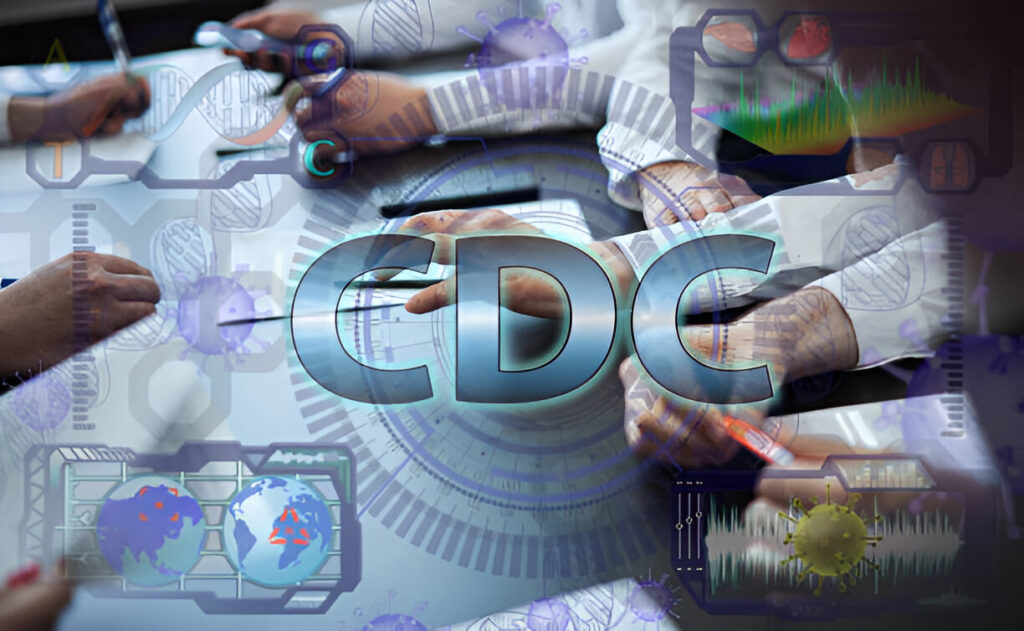What is SQL Server CDC (Change Data Capture), its origins, and functioning? How does it help the Database Management System (DBMS) infrastructure in an organization? Before going into all these aspects in detail, let us first understand the concept of Change Data Capture and what benefits it brings to the table.
In a nutshell, Change Data Capture is a software and data integration pattern. Its main function is to identify, track, and capture changes made to a database and deliver them in real time to a target location. The advantage of Change Data Capture over traditional batch processing systems is that it only moves the changed data.
Hence, there is no need to refresh databases every time a change occurs; only moving changes enables faster data synchronization, increased efficiency across cloud-based platforms and data pipelines, and analytics in real time.
There are three stages to the functioning of Change Data Capture. First, CDC scans the database for modifications, such as insert, delete, and update. Changes are then captured, either through triggers placed in the source database or transaction logs. Finally, the changes are moved to target locations such as cloud storage, data warehouses, or data marts.
Contents
Development of SQL Server CDC
The goal of Change Data Capture is to store changes made to data without affecting the past or present values. Over the years, several options have been explored to achieve this, including triggers placed at source, data audits, timestamps, and complex queries, but without success. It was only when Microsoft launched its SQL Server CDC in 2005 that a solution to the issue was found.
The first version of SQL Server CDC had the after delete, after update, and after insert capabilities, but the working was too complex and did not find favor with DBAs. Subsequently, in 2008, Microsoft introduced a revised version of its SQL Server CDC that could capture and archive historical data without having to go through additional programming.
This version of SQL Server CDC met the requirements of users and is still in use today.
The Technological Foundation of SQL Server Change Data Capture
While several Database Management Systems have introduced their versions of Change Data Capture, it is the technologically advanced SQL Server CDC that leads the race. Let us evaluate the reasons behind it.
In other versions of CDC, it is necessary to continually refresh the entire database to capture the changes made at the source. This is even when changes made at the source are reflected in the target data warehouse or similar location. Hence, the process is not only complex but very slow, too.
On the other hand, SQL Server CDC allows changes to flow from the source to the target seamlessly without a break. This is cost-effective for organizations as it saves operational time on databases.
An example will explain this point better. Consider the functioning of the ETL (Extract, Transform, and Load) application with SQL Server CDC. The workflow here is that the application extracts data from SQL source tables, transforms the data to sync with the data structure of the target location, and finally loads the data wherever required.
SQL Server CDC queries and accesses the change data captured from the change tables through TVFs (Table-valued Functions). This is helpful for users to retrieve specific changes within a fixed time window or LSN range.
Functioning of SQL Server CDC
Change Data Capture tracks all changes made to tables that are then stored in relational tables. From here, businesses can quickly retrieve the changed data with T-SQL for cutting-edge analytics and seamless decision-making.
After the SQL Server Change Data Capture feature is applied to a database table, a mirror image is created of the tracked table. However, the only distinguishing mark of the replicated tables from the source tables is that the columns of the replicated ones have additional metadata, and apart from this aspect, they are similar in all respects.
The transaction log contains the source of the changes made. When an after delete, after update, or after insert change is made in the tracked source tables, all their details and values are entered in the transaction log. These, then, form a part of SQL Server CDC. Since the log contains all the particulars of the changes made, they can be read and linked to the change table portion of the original table.
Use Cases of SQL Server Change Data Capture
# Data Replication: This is the most critical use case of SQL Server Change Data Capture, as data is copied to a target location, such as a database or data warehouse, in real time.
# Data Auditing: Here, CDC keeps a record of all changes made to historical data to enable seamless analysis or compliance.
# Data Synchronization: In this use case, CDC ensures that several systems are linked to the latest data without refreshing the databases.
# ETL Process: The ETL application is an optimized process to extract changed data for moving to any target location, such as a data warehouse or other analytical systems.
Types of SQL Server Change Data Capture
There are two forms of SQL Server CDC.
# Log-based CDC: In this method, the transaction log and file are analyzed by the system, and the users are informed of all changes made at the source. These changes are then replicated to the target location. The benefit here is that all changes are considered without the possibility of any being left out.
# Trigger-based CDC: In this system, triggers are placed in the source database, which are automatically set off when any change is identified. Though the data extraction cost is less, the operation cost of the database system is high in this method due to repeated refreshes after every change is tracked.

